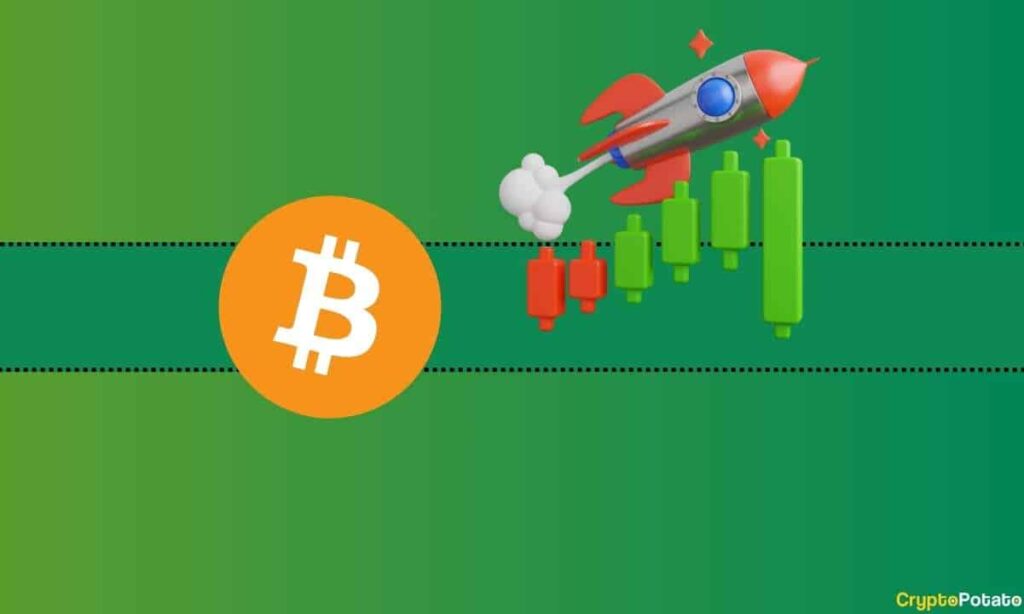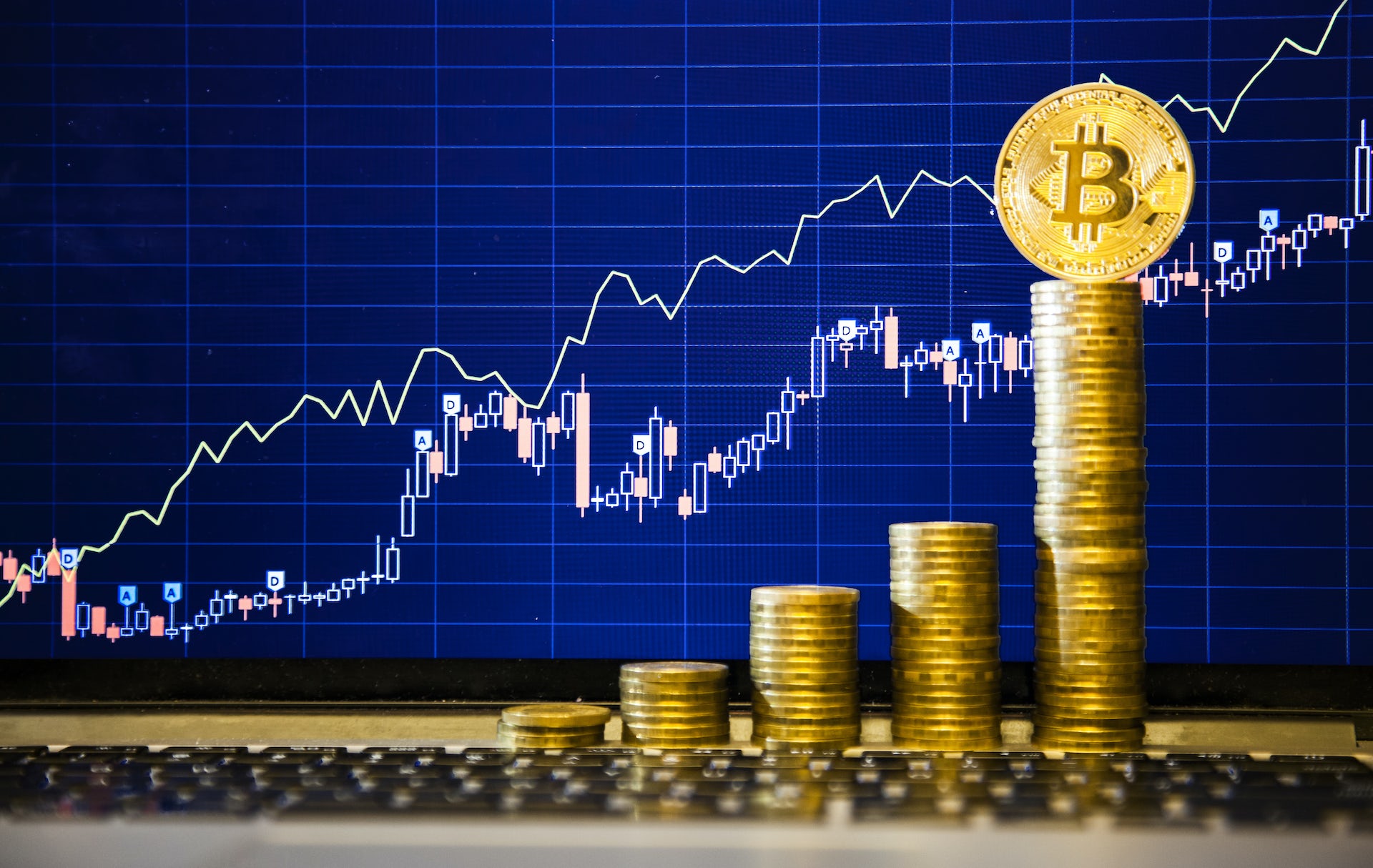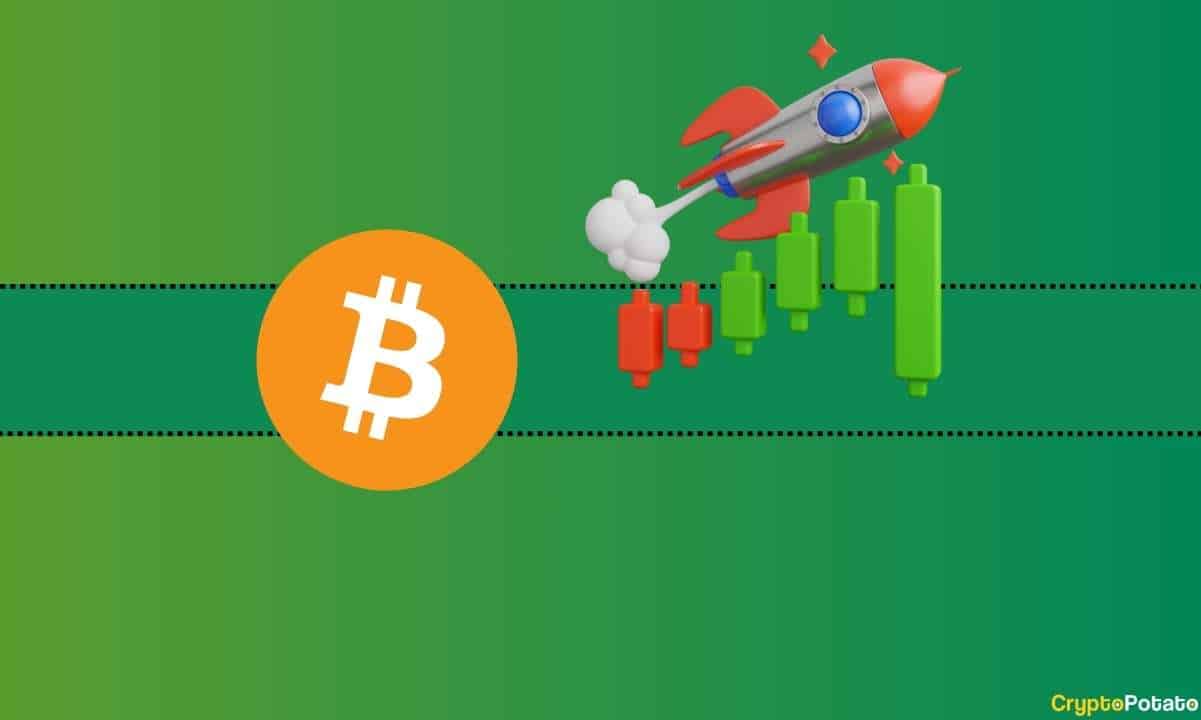Analyzing the Surge in Bitcoin Prices Today
Introduction:
In the ever-evolving world of cryptocurrency, the question on everyone’s mind today is: Why is the price of Bitcoin on the rise? Bitcoin, the pioneering digital currency, has experienced significant volatility throughout its existence, with price fluctuations often capturing the attention of investors, analysts, and the general public. In this analysis, we will explore the factors contributing to the recent surge in Bitcoin prices.
Market Sentiment and Speculation:
One of the primary drivers behind Bitcoin’s price movements is market sentiment. Cryptocurrency markets are highly influenced by the collective mood of investors, which can be fueled by news, social media, and macroeconomic factors. Positive sentiment, often driven by favorable regulatory developments or institutional adoption, can lead to increased demand for Bitcoin, subsequently driving up its price.
Recently, there may have been positive developments in the regulatory landscape, such as increased acceptance of cryptocurrencies by governments or the introduction of supportive legislation. Additionally, growing institutional interest in Bitcoin, with companies and financial institutions integrating it into their portfolios, can contribute to a more optimistic market sentiment.
Technological Developments:
The underlying technology of Bitcoin and the broader blockchain ecosystem can also influence its price. Upgrades or improvements to the Bitcoin network, such as the implementation of scalability solutions or enhanced security measures, can instill confidence in investors and users. Positive developments in the technological aspect of Bitcoin may attract more participants to the ecosystem, leading to increased demand and subsequently higher prices.
Global Economic Factors:
Bitcoin, often dubbed “digital gold,” is sometimes viewed as a hedge against traditional financial markets. Economic uncertainties, geopolitical tensions, or inflation concerns can prompt investors to seek alternative assets, including Bitcoin, to safeguard their wealth. Recent global events, such as economic downturns, trade disputes, or the devaluation of fiat currencies, may be influencing investors to allocate their resources to Bitcoin as a store of value.
Supply and Demand Dynamics:
Bitcoin’s fixed supply cap of 21 million coins is a fundamental aspect that affects its price. As more people become interested in Bitcoin, the demand increases. With a limited supply, this heightened demand can result in upward price pressure. The concept of scarcity and the halving events, where the rate at which new Bitcoins are created is reduced by half approximately every four years, add to the narrative of a diminishing supply, potentially driving up prices.
Market Trends and Technical Analysis:
Technical analysis, a method used by traders to forecast future price movements based on historical data and chart patterns, can provide insights into short-term market trends. Traders often analyze price charts, moving averages, and other indicators to make informed decisions. Positive technical signals, combined with increased trading volume, can contribute to a bullish market sentiment and drive up Bitcoin prices.
Conclusion:
In conclusion, the surge in Bitcoin prices today can be attributed to a combination of factors. Market sentiment, technological developments, global economic conditions, supply and demand dynamics, and market trends all play a role in shaping the cryptocurrency’s value. As the cryptocurrency landscape continues to evolve, it is essential for investors and enthusiasts alike to stay informed about these factors to better understand and navigate the dynamic nature of the Bitcoin market.
Unraveling the Mysteries Behind Today’s Surge in Bitcoin Price
Introduction:
The digital realm of cryptocurrencies is once again buzzing with excitement as Bitcoin, the pioneer of the crypto world, experiences a notable surge in its price. Investors and enthusiasts alike are left wondering about the driving forces behind this sudden upward movement. In this analysis, we delve into the multifaceted factors contributing to the surge in Bitcoin prices today.
-
Market Sentiment and Speculation:
The cryptocurrency market is notoriously sensitive to market sentiment and speculative activities. Positive news, regulatory developments, or high-profile endorsements can quickly spark enthusiasm among investors. Traders closely monitor social media, news outlets, and online forums for any signs of a bullish sentiment that might trigger a buying spree.
-
Institutional Involvement:
The increasing participation of institutional investors in the cryptocurrency space has been a recurring theme. Reports of major corporations or financial institutions embracing Bitcoin as an asset class can significantly impact its price. These entities bring not only large capital but also a sense of legitimacy, making Bitcoin more attractive to a broader investor base.
-
Macro-Economic Factors:
Bitcoin’s role as a hedge against traditional economic uncertainties has been a key narrative. Economic downturns, inflation fears, or currency devaluation in major economies can drive investors toward alternative assets like Bitcoin, viewed by some as “digital gold.” Today’s surge might be a reflection of a renewed interest in cryptocurrencies amid global economic uncertainties.
-
Technological Developments:
The continuous evolution of the blockchain technology underlying Bitcoin also plays a pivotal role. Upgrades, innovations, or the resolution of scalability issues can enhance the utility and desirability of Bitcoin. Investors closely follow any technological developments that may improve the scalability, security, or overall functionality of the network.
-
Regulatory Developments:
The regulatory landscape has a profound impact on the cryptocurrency market. Positive regulatory developments, such as clear guidelines or government acceptance, can boost investor confidence. Conversely, negative regulatory news can lead to uncertainty and market downturns. Traders are keenly watching for any regulatory signals that might influence the future trajectory of Bitcoin.
-
Global Adoption:
Bitcoin’s acceptance as a legitimate form of payment and store of value is continually expanding. Reports of businesses, both large and small, accepting Bitcoin as a means of transaction can drive demand. Additionally, increasing accessibility through cryptocurrency exchanges and financial platforms contributes to a broader user base.
-
Scarcity and Halving Events:
Bitcoin’s capped supply at 21 million coins creates a sense of scarcity, influencing its value. Halving events, which occur approximately every four years, reduce the rate at which new Bitcoins are mined. The anticipation of reduced supply often leads to increased demand and, consequently, upward pressure on prices.
-
Technical Analysis and Market Trends:
Traders often rely on technical analysis to identify trends and potential price movements. Analyzing historical data, chart patterns, and various indicators can provide insights into the market’s mood. Positive technical signals, coupled with an increase in trading volume, can indicate a bullish trend that prompts further buying activity.
Conclusion:
In the dynamic world of cryptocurrencies, understanding the factors behind Bitcoin’s price movements is a complex task. Today’s surge may be a culmination of multiple influences, ranging from market sentiment and institutional involvement to technological advancements and global economic conditions. As the crypto landscape continues to evolve, staying informed about these multifaceted factors becomes essential for anyone seeking to comprehend and navigate the enigmatic world of Bitcoin prices.









